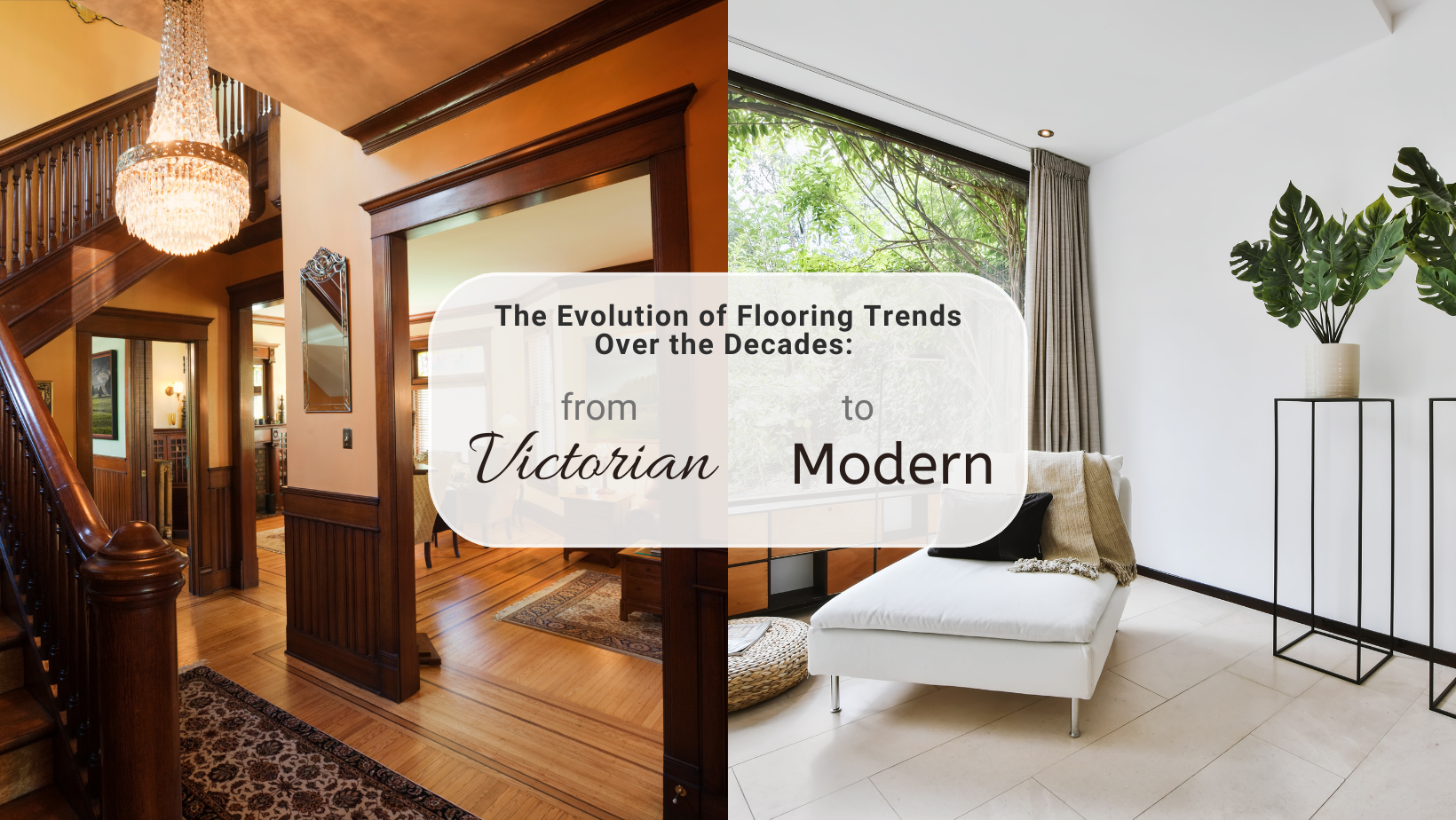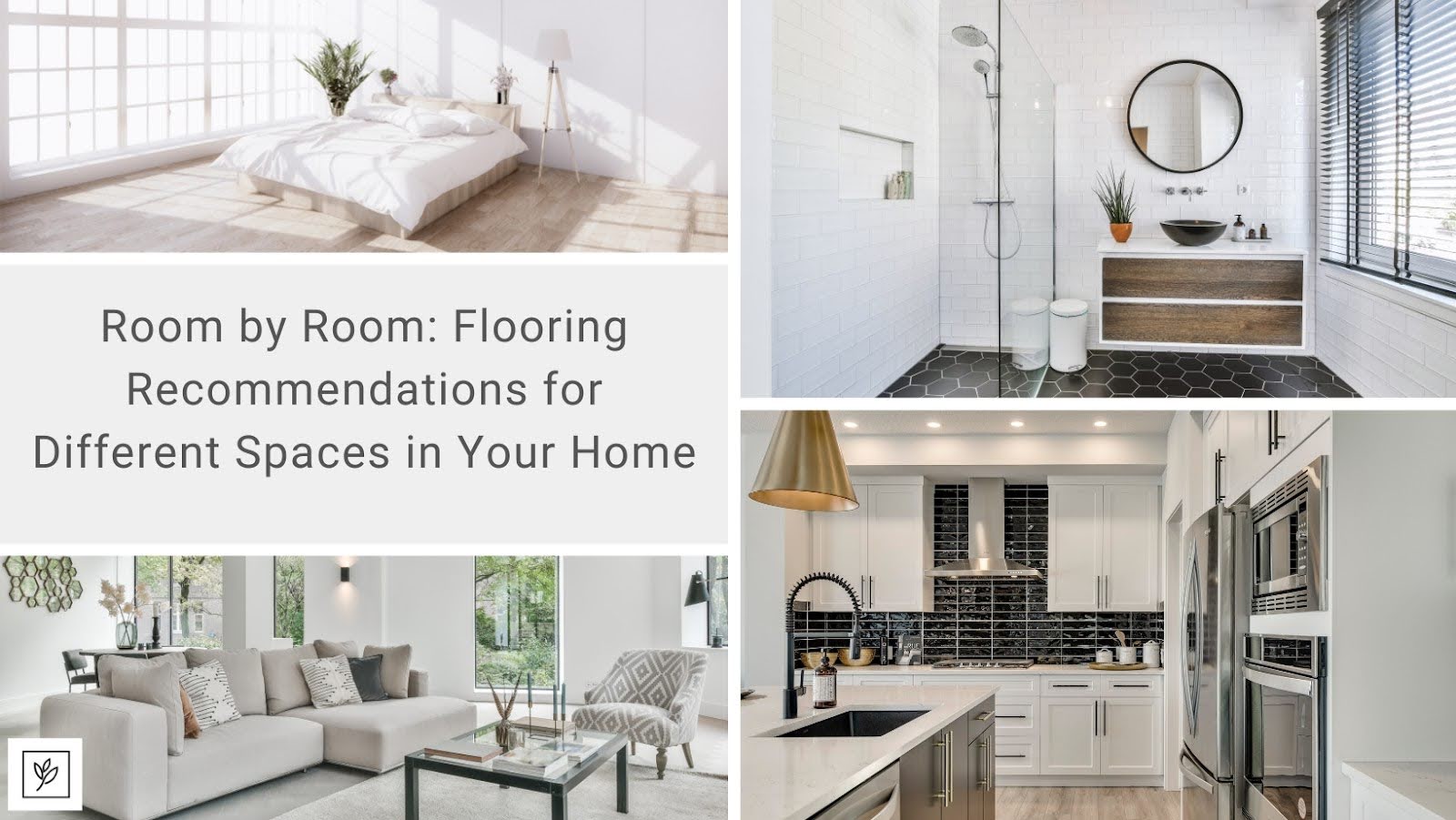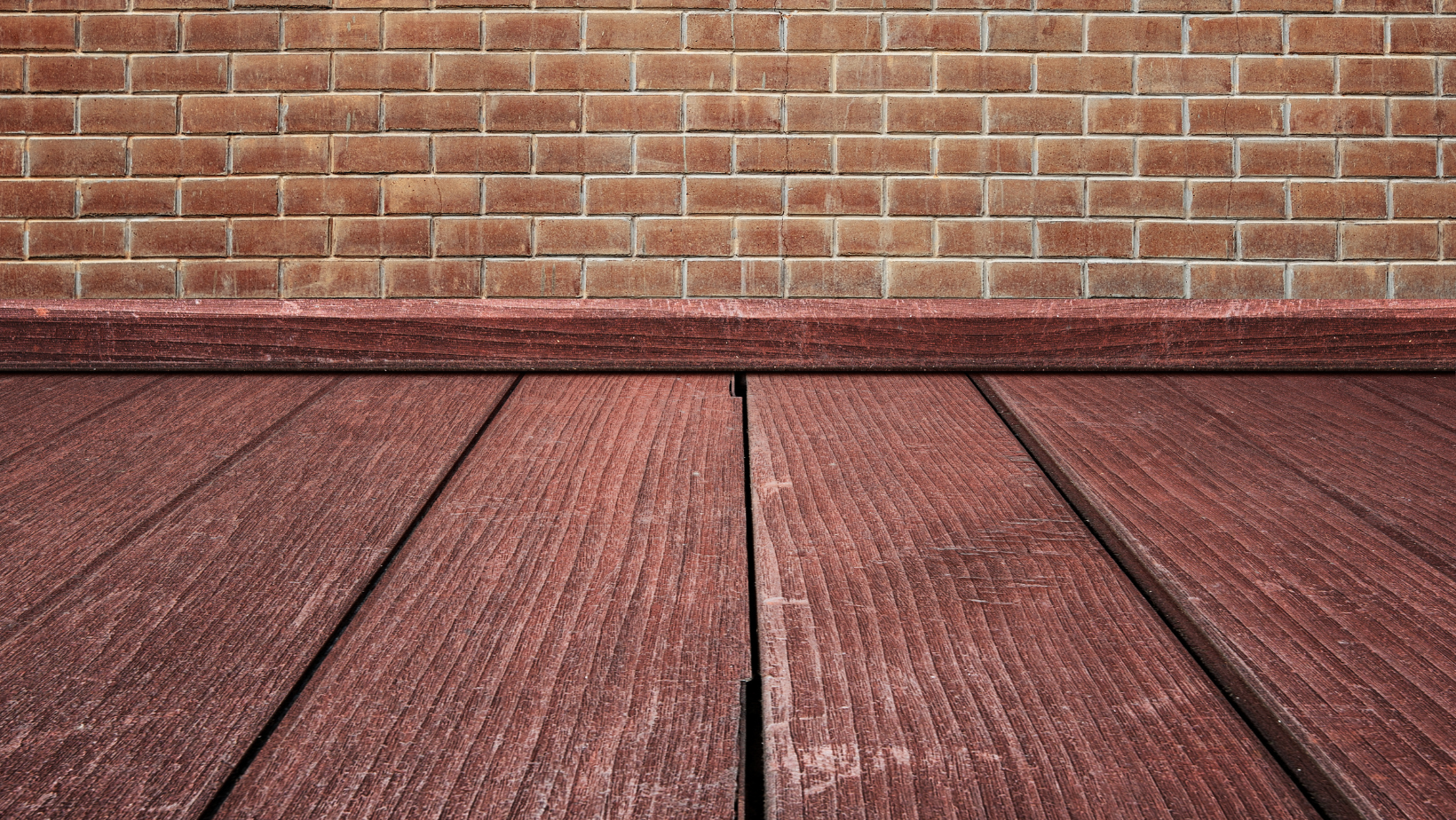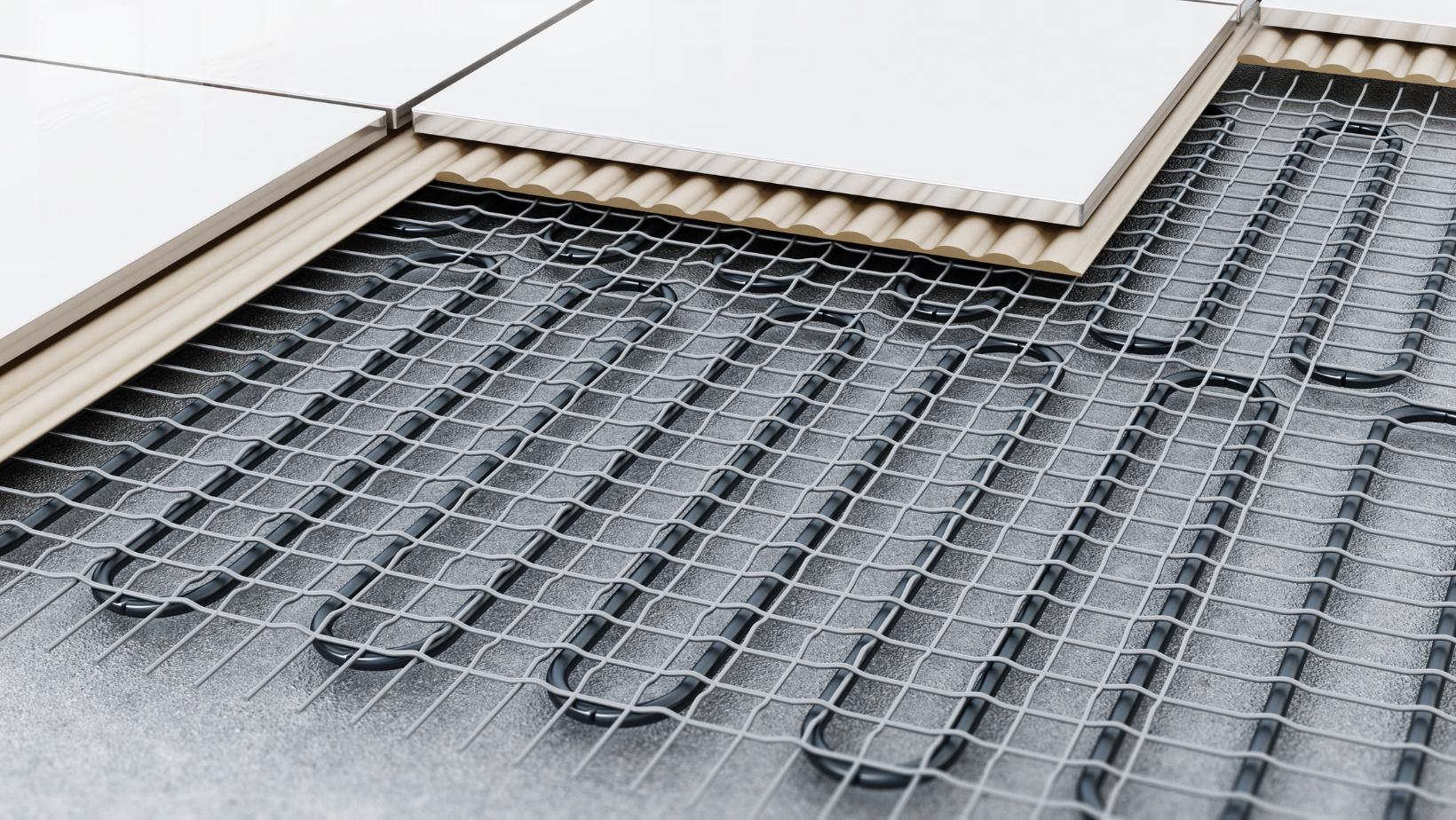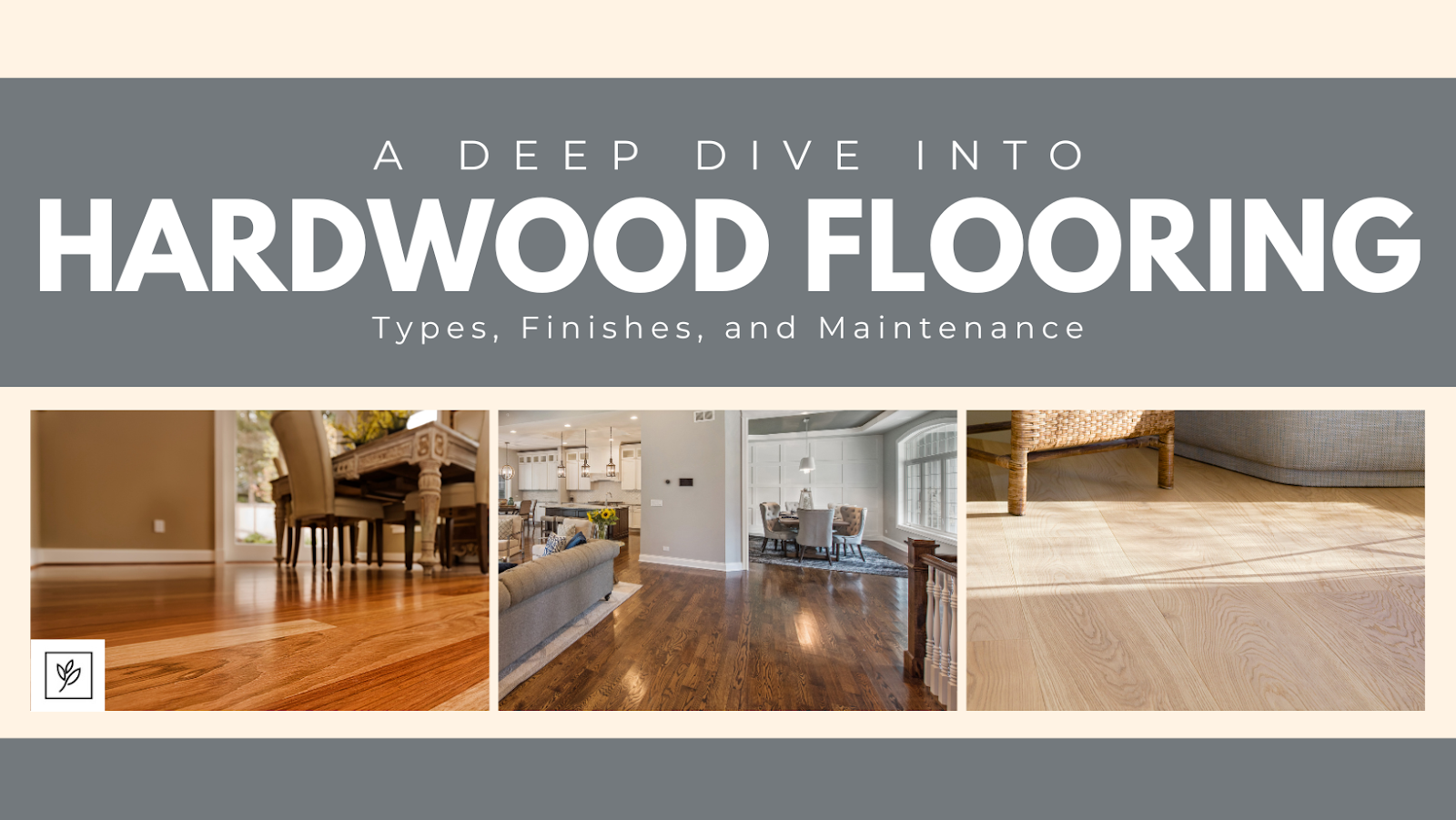Flooring trends have gone through changes over the decades, reflecting shifts in design aesthetics, technological advancements, cultural influences, economic factors, and the changing tastes and needs of homeowners. From the ornate carpets of the Victorian era to the sleek minimalism of modern interiors, flooring choices have always been a reflection of the times. As new materials, styles, and installation methods emerge, flooring trends continue to evolve, offering homeowners a vast array of options to personalize their living spaces. Let’s explore the fascinating evolution of flooring trends and how they have shaped our homes and lifestyles.
1. The Victorian Era (1837-1901): Ornate and Opulent
The Victorian era, which covers 1837 to 1901, may sound too far back when examining flooring trends, but many houses built during this time continue to make their way into the real estate market.
Houses built during this period were characterized by opulent and ornate designs, and flooring choices reflected this aesthetic, too. Carpet floorings were popular, often featuring intricate patterns and rich colours. They were typically made from wool or silk and were often custom-made to fit specific rooms. Hardwood floors were also used in some Victorian homes but were often covered with carpets or rugs. Marble flooring was another popular choice in grand halls and entryways, adding a touch of elegance and sophistication.
Design characteristics:
Intricate patterns: Floral, geometric, and oriental patterns were common.
Rich colours: Deep shades of red, blue, green, and gold were popular.
Textured surfaces: Carpets with raised pile or embossed patterns were often used to create visual interest.
These flooring choices reflected the Victorian era’s emphasis on luxury, grandeur, and craftsmanship. They added to the overall opulence and sophistication of Victorian interiors.
2. The Art Deco Era (1920s-1930s): Geometric and Glamorous
The Art Deco era was characterized by bold geometric shapes, luxurious materials, and glamour. Flooring choices reflected these themes, focusing on sleek, modern designs.
Popular flooring materials:
Terrazzo: A composite material of marble chips or glass fragments set in a cement or epoxy binder. Terrazzo floors were popular in Art Deco buildings due to their durability and stylish appearance.
Linoleum: A floor covering made from linseed oil, cork, and other natural materials. Linoleum was a popular choice for its affordability and durability and was often available in bold geometric patterns.
Parquet: Hardwood flooring made up of small, interlocking pieces. Parquet floors were often laid in geometric patterns like herringbone or chevron.
Design characteristics:
Geometric shapes: Zigzags, chevrons, and sunbursts were common motifs.
Bold colours: Black, white, and metallic shades were popular.
Metallic accents: Brass, chrome, and nickel were often used for inlays and decorative details.
Art Deco flooring was a statement piece, reflecting the era’s fascination with modernity and luxury. These flooring choices added a touch of sophistication and glamour to homes and public spaces.
3. Mid-Century Modern (1940s-1970s): Minimalist and Functional
The Mid-Century Modern era was characterized by a focus on clean lines, functional design, and natural materials. Flooring choices reflected these principles, with a preference for simple, understated styles.
Popular flooring materials:
Vinyl: A versatile and affordable flooring option widely used during this period. Vinyl flooring was often available in various colours and patterns, from wood grains to geometric designs.
Laminate: A relatively new flooring material at the time, laminate offered a durable and affordable alternative to hardwood. Laminate flooring was available in various styles and finishes, including wood grains, stone, and tile.
Concrete: Exposed concrete floors became popular in industrial-style homes and commercial spaces. This raw and minimalist look departed from the more ornate styles of previous eras.
Design characteristics:
Clean lines: Simple, uncluttered designs were favoured.
Neutral colours: Black, white, gray, and beige were popular choices.
Natural materials: Wood, stone, and other natural materials were often used to create a warm and inviting atmosphere.
Mid-Century Modern or retro flooring reflected the era’s emphasis on function and simplicity. These flooring choices created a clean, uncluttered, stylish, and practical look.
4. The Contemporary Era (1980s-Present): Eclectic and Diverse
The contemporary era has witnessed a resurgence of interest in traditional materials and a greater emphasis on sustainability. Flooring choices have become increasingly diverse, reflecting a wide range of personal styles and preferences.
Popular flooring materials:
Hardwood: Hardwood flooring remains a popular choice for its durability, beauty, and value. Engineered hardwood is a more affordable option that offers the look and feel of traditional hardwood.
Luxury vinyl plank (LVP): LVP has gained popularity recently due to its durability, affordability, and realistic appearance. It is available in various styles, including wood grains, stone, and tile.
Tile: Ceramic and porcelain tile floorings are available in a vast array of colours, patterns, and textures, making them a versatile choice for both residential and commercial spaces.
Design trends:
Rustic: Rustic flooring styles, such as reclaimed wood and barnboard, have become increasingly popular, creating a warm and inviting atmosphere.
Industrial: Raw materials like exposed concrete and brick are often used in industrial-style interiors, creating a minimalist and edgy look.
Scandinavian: Scandinavian design emphasizes simplicity, functionality, and natural materials. Light-coloured hardwood flooring is a common choice in Scandinavian-inspired spaces.
Bohemian: Bohemian design is characterized by eclecticism and a mix of patterns, colours, and textures. Bohemian-style flooring might include vintage rugs, patterned tiles, or reclaimed wood.
The contemporary era has seen a resurgence of interest in traditional materials while embracing new and innovative flooring options. The diversity of flooring choices available today allows homeowners to express their personal style and create unique and inviting living spaces.
The Bottom Line
The evolution of flooring trends has been a fascinating journey, reflecting society’s changing tastes and preferences. From the ornate carpets of the Victorian era to the minimalist aesthetics of the modern day, flooring choices have played a significant role in shaping our living spaces.
Key Trends and Innovations:
Technological advancements: Innovations in materials and manufacturing processes have led to the development of new flooring options, such as engineered hardwood and luxury vinyl plank.
Shifting design aesthetics: Flooring styles have evolved from ornate and opulent to minimalist and functional, reflecting changing cultural and social trends.
Increased emphasis on sustainability: There has been a growing focus on sustainable flooring options, such as recycled materials and low-VOC products. One of the eco-friendly options we offer is EverStrand carpet from Mohawk. The fibre is made from recycled pop bottles.
Future Directions:
We can expect to see even more innovative flooring materials and installation methods as technology advances. Sustainable flooring options will likely become even more popular as consumers prioritize eco-friendly choices. Additionally, integrating smart technology into flooring could create new possibilities for customization and functionality.
Overall, the future of flooring trends looks promising, with exciting developments on the horizon. Whether you’re looking to renovate your home or simply stay up-to-date on the latest design trends, exploring the world of flooring can be a fun and rewarding experience.
Want to know what your room would look like with a particular flooring? Use our room visualizer app to compare different flooring types and styles from the comfort of your home.
